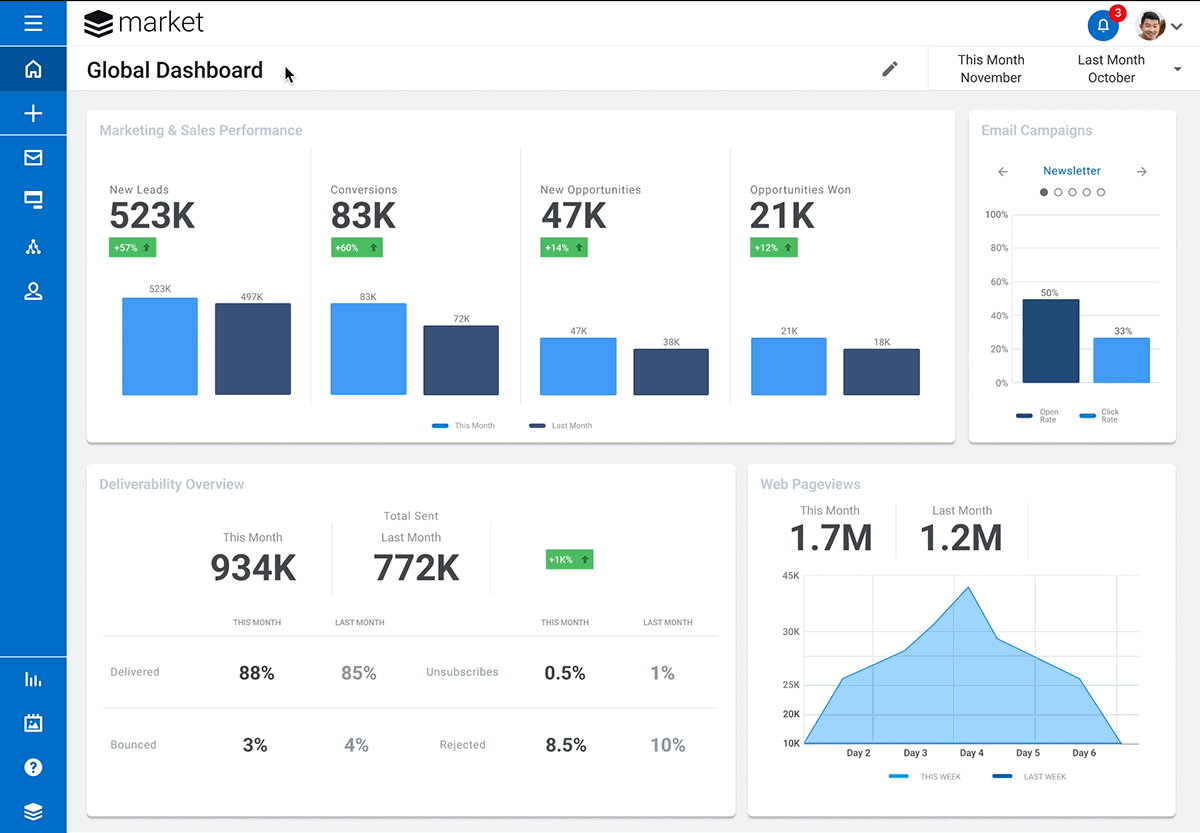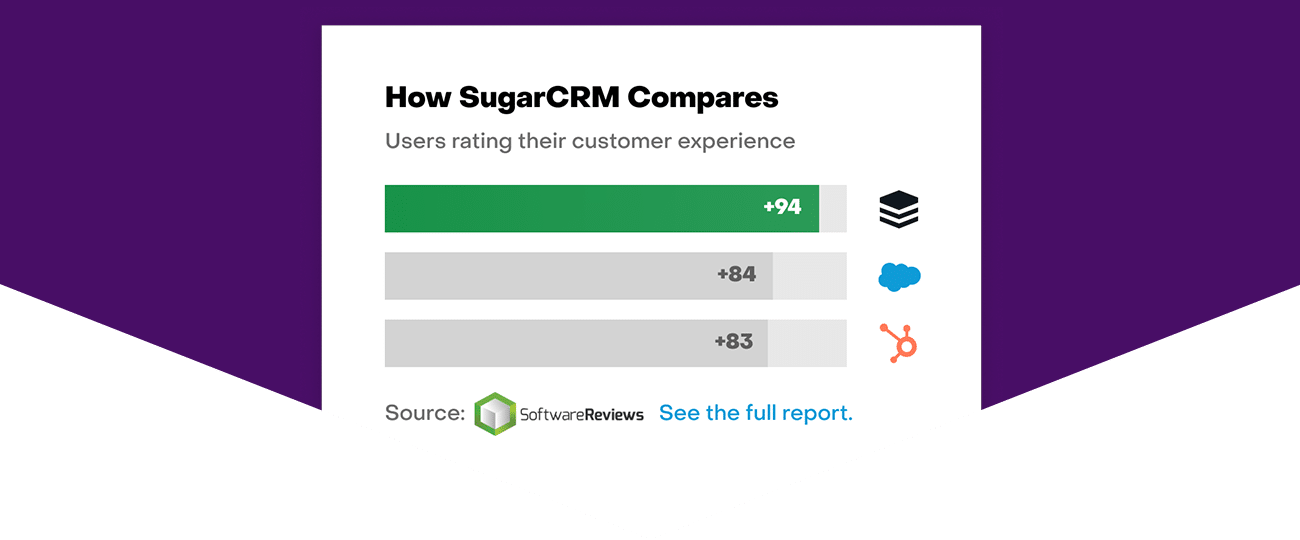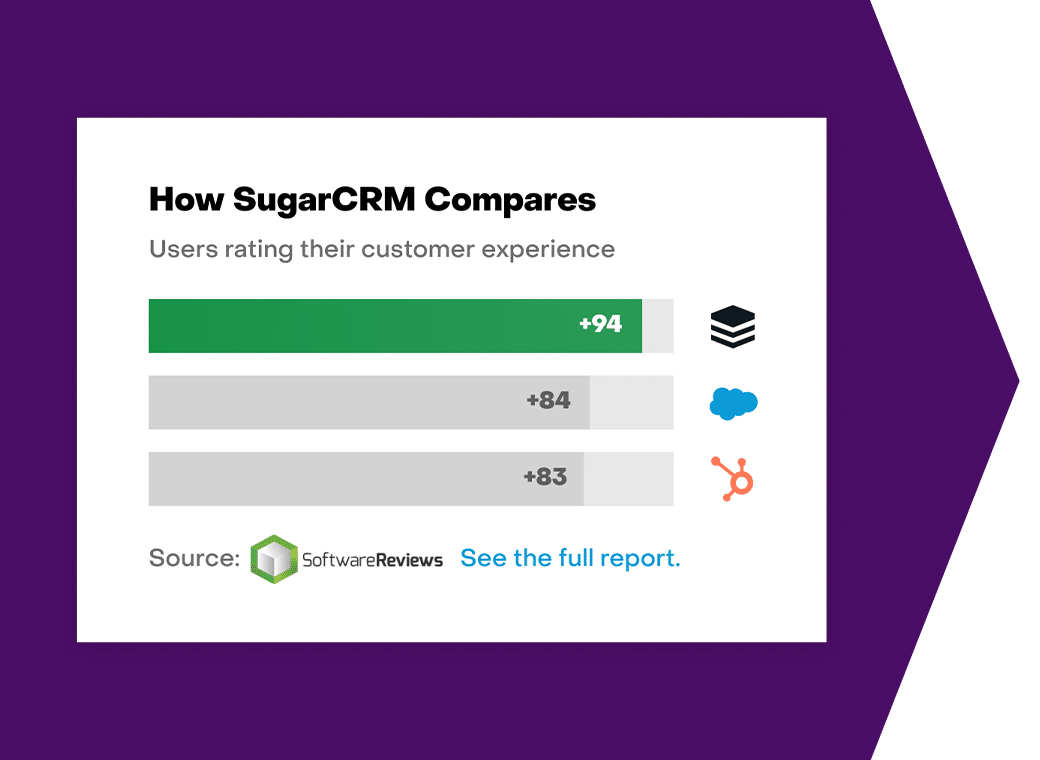Improving Product Quality and Customer Satisfaction with CRM Feedback Loops
Since companies search to boost their CX level at all times, it makes sense for them to consider customer feedback. But how can companies effectively leverage customer feedback to elevate their products and services? Through CRM Feedback Loops. Implementing such systems allows enterprises to evaluate their products and their customers’ CX levels correctly and adapt their strategies accordingly.
What we'll Cover:
What Is a Feedback Loop?
A feedback loop is the process of gathering continuous feedback from customers, analyzing it, and implementing the necessary adjustments to products and services to elevate customer satisfaction. The process allows businesses to remain connected to the market and their customers and ensures that the business never compromises on product quality or features.
Like all processes, the feedback loop has steps that companies must follow to ensure proper implementation.
#1. Feedback Collection
This is the step where companies must actively gather feedback from their customer base. With the right CRM solutions and integrations, this step can be achieved via multiple channels, primarily if your CRM supports multichannel communication. Companies can use online reviews, user interviews, or surveys, for example, to achieve this. Regardless of the preferred channel, businesses will gain valuable insights into customer preferences, needs, and product usability and can quickly identify areas of improvement.
#2. Feedback Analysis
After the feedback collection phase, companies should carefully examine what they have gathered. This usually involves using CRM analytics features deployed at an organizational level. Modern CRMs are equipped with analytics features that can identify patterns in feedback through artificial intelligence or generative AI, which makes them a powerful tool in feedback loop implementation. Such capabilities can help companies identify areas of improvement in products, services, or CX while allowing them to prioritize the necessary changes.
#3. An Action Plan
Once you have the feedback analysis ready, you need to design an action plan to implement your customers’ suggested changes. Whether we’re talking about product features, customer support enhancements, or better security policies, everything matters and should be taken into account. With a good action plan in place, you will show your customers’ commitment to listening to their needs and improving your products and services.
#4. Repeat
As implied in its name, the steps above should be cyclic. This allows businesses to evaluate their action plan’s success and gather new feedback on new matters.
The steps above will help businesses implement a solid feedback loop to create better products and enhance CX levels.
Feedback Loops and Product Development
Implementing a feedback loop is essential for product development. Doing so enables businesses to create products and implement features that truly serve their customers and account for their needs and desires. Besides, they also ensure that proper CX levels are maintained, given that their products continuously improve and remain relevant, valuable, and intuitive enough to be used by customers.
Feedback loops also help businesses efficiently identify product gaps, remain relevant in the market, and potentially stay ahead of the competition. Their implementation not only enables businesses to identify customer needs and wants but also emerging trends and market dynamics, allowing them to quickly adapt their products to customer and market trends.

Implementing a product feedback loop also fosters a sense of customer loyalty. Businesses can show consideration for their audience and prove that their needs and feedback are followed accordingly. By doing so, customers are more likely to become brand advocates.
Feedback Loops and Customer Satisfaction
Implementing a feedback loop also plays a determinant role in increasing customer satisfaction and experience. A well-executed implementation allows businesses to secure better customer perceptions of products, services, and brands, all while increasing customer loyalty at the same time.
Companies that actively involve customers in product development create a community where customers drive change and growth.
Feedback Loop Implementation: Best Practices
While proven to drive growth and improve CX levels, feedback loop implementation needs to follow several strategies and best practices to be successful.
#1. Base Your Business Strategy on Feedback Loops
The customer feedback loop is most effective when it’s integrated within your strategies, and maybe the most relevant here is your marketing strategy. The new perspectives you gain following a feedback loop will also increase your levels of customer understanding and will allow you to incorporate them into your:
- Ads, as a form of social proof
- Brainstorming sessions, as customer input
- Search engine strategy, enabling you to boost your rank
- Performance measuring KPIs
- Public communication strategy
- Customer journey mapping efforts.

#2. Technology: Your Ally in Feedback Management
Using the right tools in feedback management can make or break your initiative’s success. Ensure your tool of choice is a CRM that gathers, stores, and processes customer feedback efficiently. Modern CRM solutions allow businesses to track individual interactions and improve communication through omnichannel capabilities.
CRM tools can also be leveraged to manage feedback from multiple sources, such as social media posts, polls, online surveys, etc.
Real-time, omnichannel feedback management allows businesses to overhaul their marketing strategies by incorporating it into their initiatives.
#3. Customer Feedback Loops: A Dynamic Process
By implementing continuous feedback loops, businesses can be ready to benefit from dynamic and flexible strategies. Given their cyclic nature, these processes allow businesses to measure their initiatives’ success while being ready to implement new changes, which mainly depend on customer needs, desires, and market trends.
When implementing customer feedback loops, have agile work methodologies; these are the most flexible and allow you to quickly adapt to evolving customer needs.
These are some ways to ensure successful customer feedback loop implementation. With that in mind, invest in the right tech stack for these initiatives and embrace a flexible mindset and strategy for your business.
If you’d like to learn more about how CRM solutions can help you overcome product or CX bottlenecks, check out our Cost of Inaction (COI) Calculator: Salesforce Automation interactive resource.





